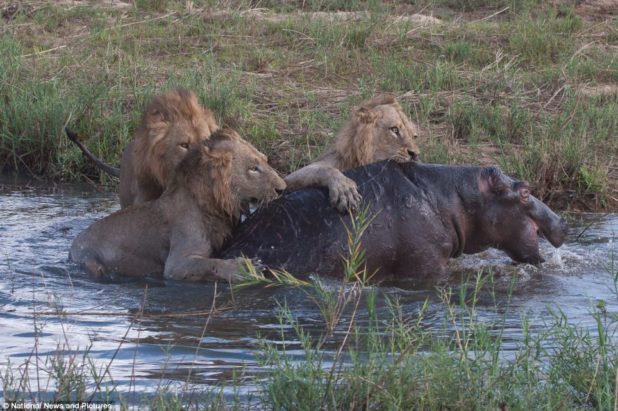https://www.youtube.com/watch?v=7BnKtLpAq6Q
If we don’t perform rituals involving human sacrifices on the altar at the top of a pyramid, the Weather God will strike us with deadly pandemics as punishment, a Science priest says.
In late 2019, Kirby Institute virologist Prof Stuart Turville was looking for another job.
“The funding rates were too low to survive,” he says.
But before he could leave, the Covid-19 pandemic hit. He now runs the institute’s high-security containment lab at the University of New South Wales, where the virus that causes Covid-19 is studied and grown. He and his skeleton team work long hours analysing hundreds of Covid samples from around the country, studying variants and working on treatments. When Turville gets home, after briefly seeing his children, he writes funding grants, and now it’s easier to secure them.
When he thinks back to the time before the pandemic when he considered throwing in the towel, Turville quotes the 2005 fantasy film, Nanny McPhee.
“‘When you need me, but do not want me, then I must stay’,” Turville says.
“I will tell that now to every virologist I train from herein. If they are not funded, not wanted, I will remind them to hold fast. One day, they will be sorely needed.”
Climate change and habitat destruction will bring ‘surprises’
When that day may come is difficult to predict, Turville says, but virologists and infectious diseases experts agree that more pandemics are inevitable. What is less certain is where the next ones will come from, and how severe they will be.
The answers to those questions depend on how much responsibility humans take for their impact on the environment, Turville says. History shows that advances in technology, while improving our ability to deal with pandemics, can also be the very things that trigger them and fuel their spread.
“We are clever and unfortunately naive at the same time with respect to the planet,” Turville says. “Economics and big leaps and bounds in technology bring great standards of living across the globe, but can unearth many unwanted nasties.”
He uses HIV as an example. It has been estimated that HIV entered the human population from primates somewhere near Kinshasa, now the capital of the Democratic Republic of the Congo, around the early 1900s. Yet it was not identified in humans until the early 1980s, having spread with the growth of transport links.
“The developing area of Kinshasa led to the infrastructure that moved the virus along that route,” Turville said. “Then, it moved on to the harbours and then on to the cities, as we all know. It was driven by economic activities.”
Other viruses have emerged from humans disturbing the environment, Turville says. The bat-borne nipah virus, which causes severe encephalitis – inflammation of the brain – in humans, stems from intensive agriculture practices, and climate change.
About three-quarters of all novel emerging viral diseases over the past two decades have been zoonotic, transmitted from an animal source, mostly bats, rodents or birds. But often missing from discussions of their origins is the role of humans.
“Unfortunately, things like climate change and habitat destruction will bring with them ‘surprises’ as animal struggle to deal with their changing environments courtesy of us,” Turville says.
How many species are estimated to have gone extinct before humans even existed? Animals are always struggling.
The idea that animals live in harmony before evil humans come to disturb their home is a malicious lie.
Prof Dominic Dwyer, a medical virologist who is part of a team of 14 investigating the Covid-19 pandemic for the World Health Organization, agrees. The same team is now identifying the studies that need to be done to better prepare for the next pandemic and prevent it from being so severe.
Dwyer says a key part of planning for future pandemics will be understanding animal, environment and human interaction.
“All the viruses that have emerged in the last 50 years have come from either animals or the environment, and the connection, the network, between those factors and humans is so important,” he says.
‘There are viruses just waiting in the wings’
A paper published by Elsevier titled Preparing for Emerging Zoonotic Viruses, says experts had warned of the Covid-19 pandemic for years, often modelling it in the literature under the name Disease X.
“The disease X scenario that many scientists had warned about came true,” the article says.
“However, previous investments in surveillance, diagnostics, novel laboratory techniques, open data sharing and vaccine platforms did pay off. The speed of these key developments in the surveillance and control of the new virus is unprecedented.”
Dwyer says these scientific and technological advances, combined with more rapid data-sharing by governments, would stand us in good stead in managing a future pandemic. Patchy investment in public health, including in Australia, had been somewhat rectified.
You are seeing it now – as predicted, the coronavirus agenda is being welded into the global warming agenda.
Related: Microsoft Dystopian Mass Surveillance Technology Under Scrutiny



